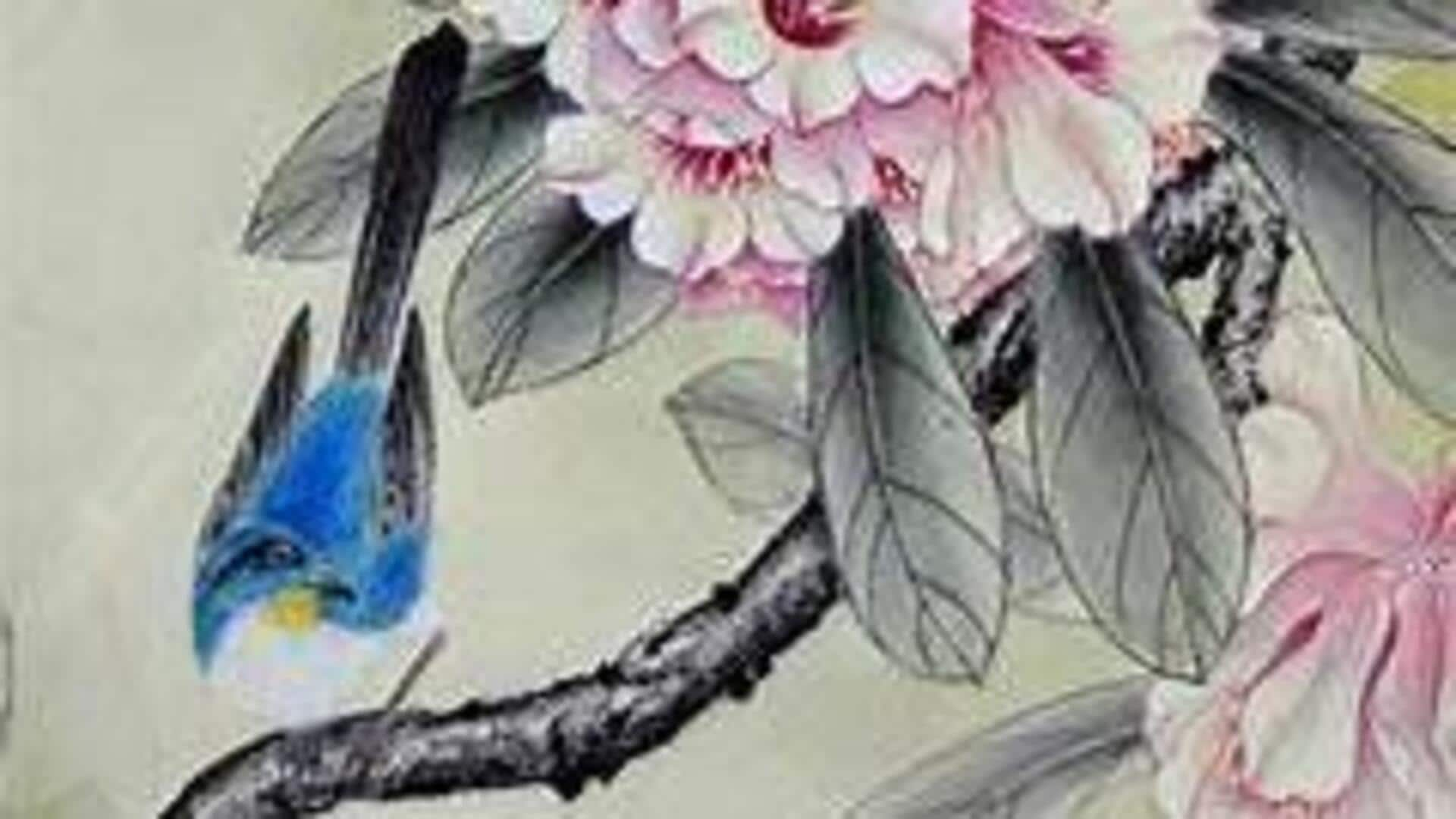
Gongbi painting: The ancient art of stunning detail and precision
What's the story
Gongbi painting, a traditional Chinese art form, is famous for its meticulous detail and vibrant colors. The word "gongbi" literally means "meticulous" or "fine," which perfectly describes the technique's precision. Unlike other styles of Chinese painting, gongbi emphasizes intricate lines and realistic portrayals. This ancient art has been practiced for centuries and continues to be appreciated for its beauty and craftsmanship.
#1
Historical roots of Gongbi painting
Gongbi painting dates back to the Han Dynasty (206 BCE-220 CE) and has evolved through various dynasties. It was mainly used to illustrate historical events and documents during the early years. Over time, it became a medium for personal expression and artistic exploration. The Tang (618-907) and Song (960-1279) dynasties were especially important in developing this art form.
#2
Techniques involved in Gongbi painting
The techniques of gongbi painting are all about precision and patience. Artists use fine brushes to create delicate lines that define the subject's form. Layers of color are applied carefully to build depth and texture. Unlike other Chinese paintings that focus on broad strokes or abstract forms, gongbi requires meticulous attention to detail in every aspect of the composition.
#3
Themes commonly explored in Gongbi art
Gongbi paintings often explore themes of nature, mythology, or daily life scenes. Common subjects include flowers, birds, landscapes, or figures from folklore or history. The choice of theme usually reflects cultural values or personal beliefs of the artist. Each piece tells a story through its detailed imagery.
#4
Modern adaptations of Gongbi painting
In recent years, there has been a resurgence of interest in gongbi painting as artists explore modern interpretations while preserving traditional techniques. Contemporary practitioners experiment with new materials or incorporate elements from other artistic styles without losing the essence of this classic form. The adaptability ensures that gongbi remains relevant within today's artistic landscape, while honoring its rich heritage.